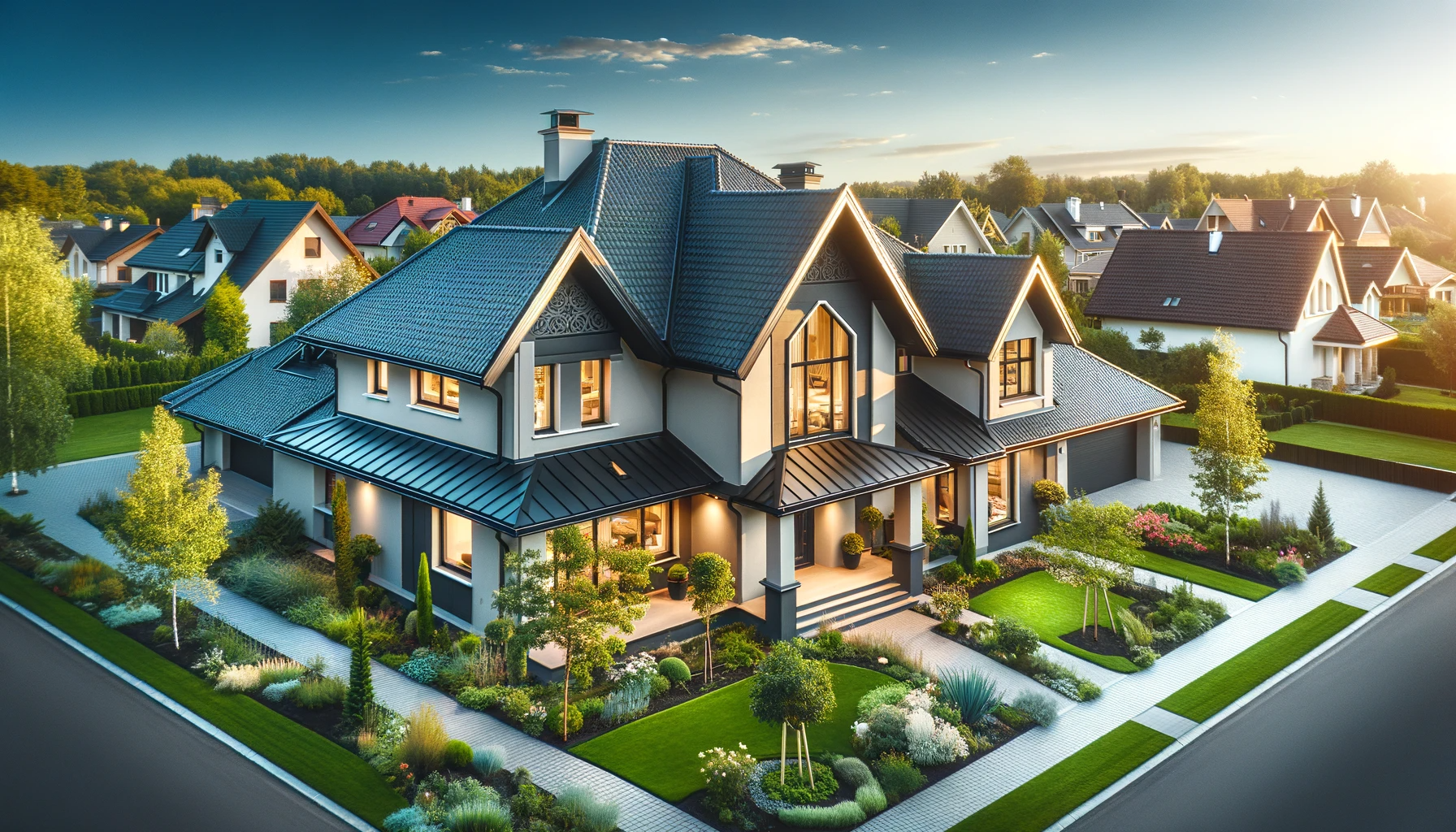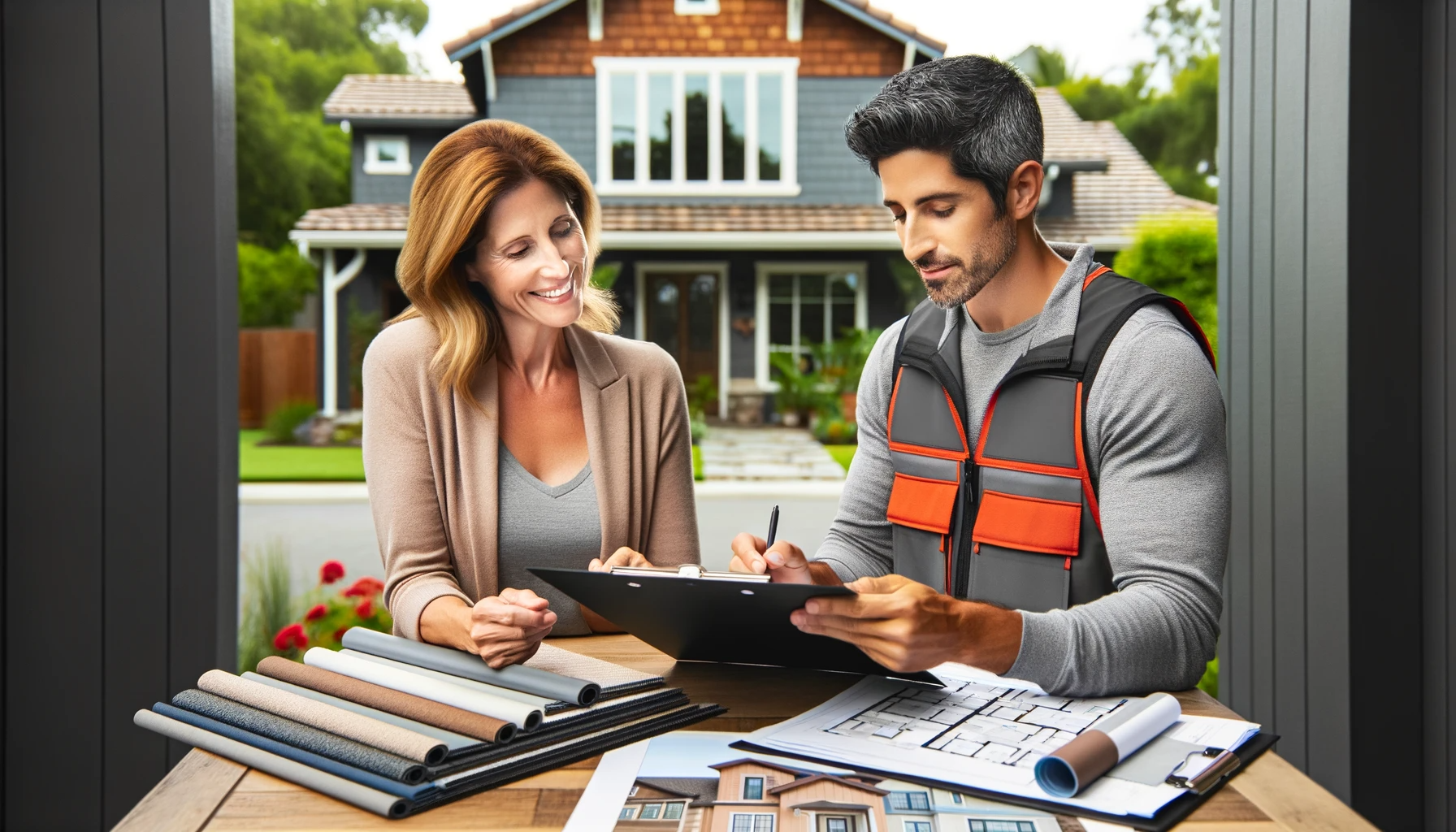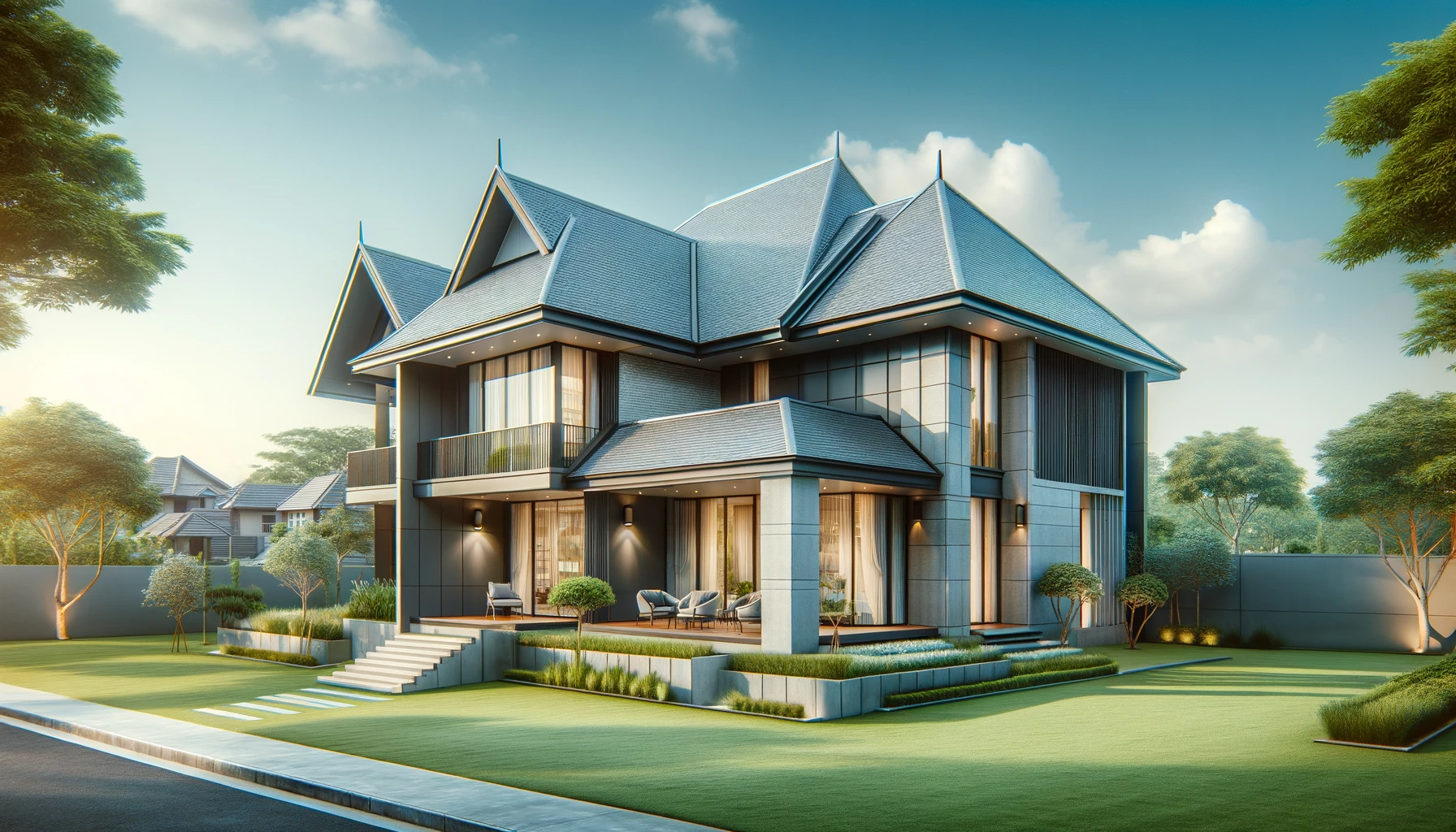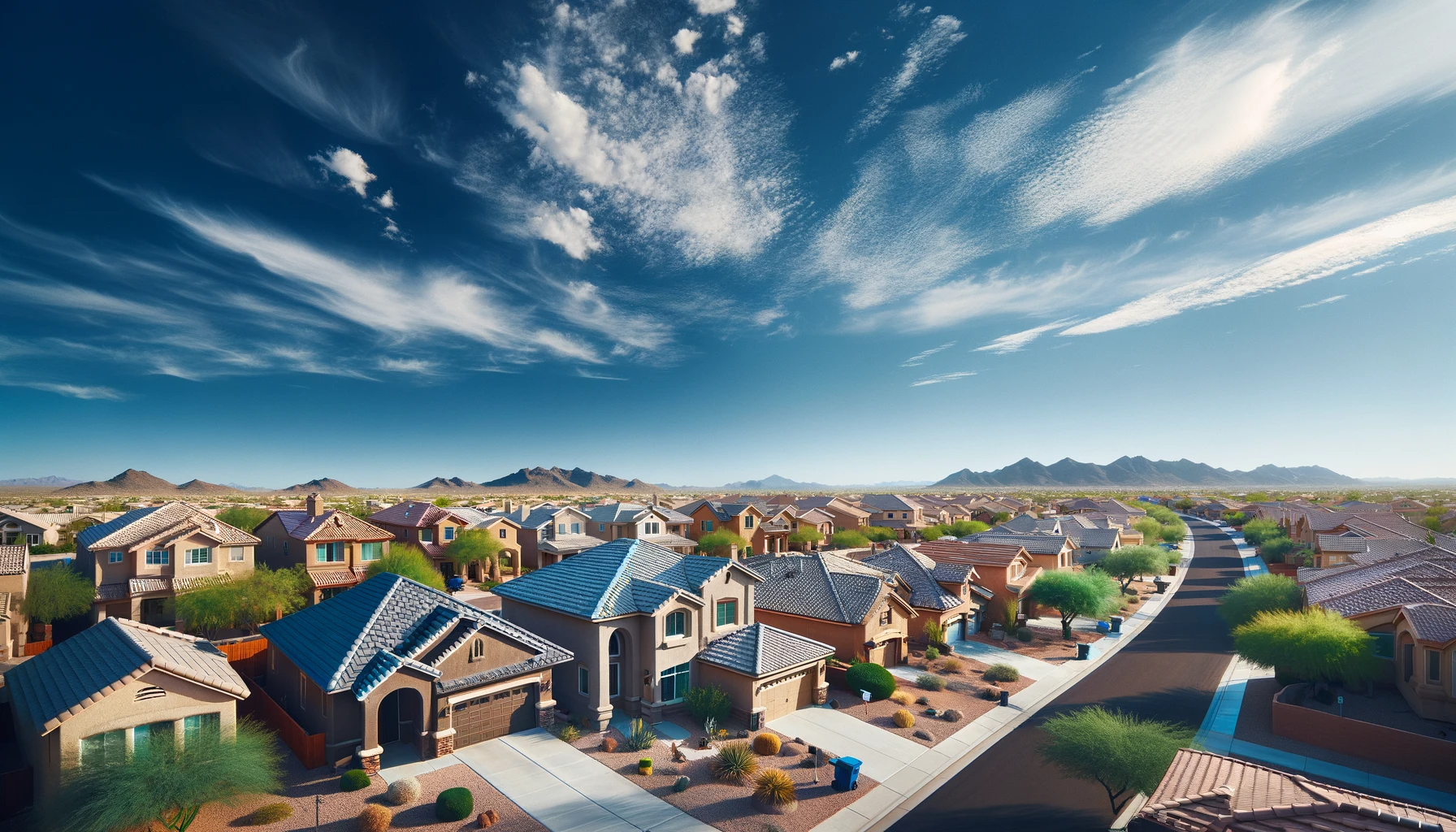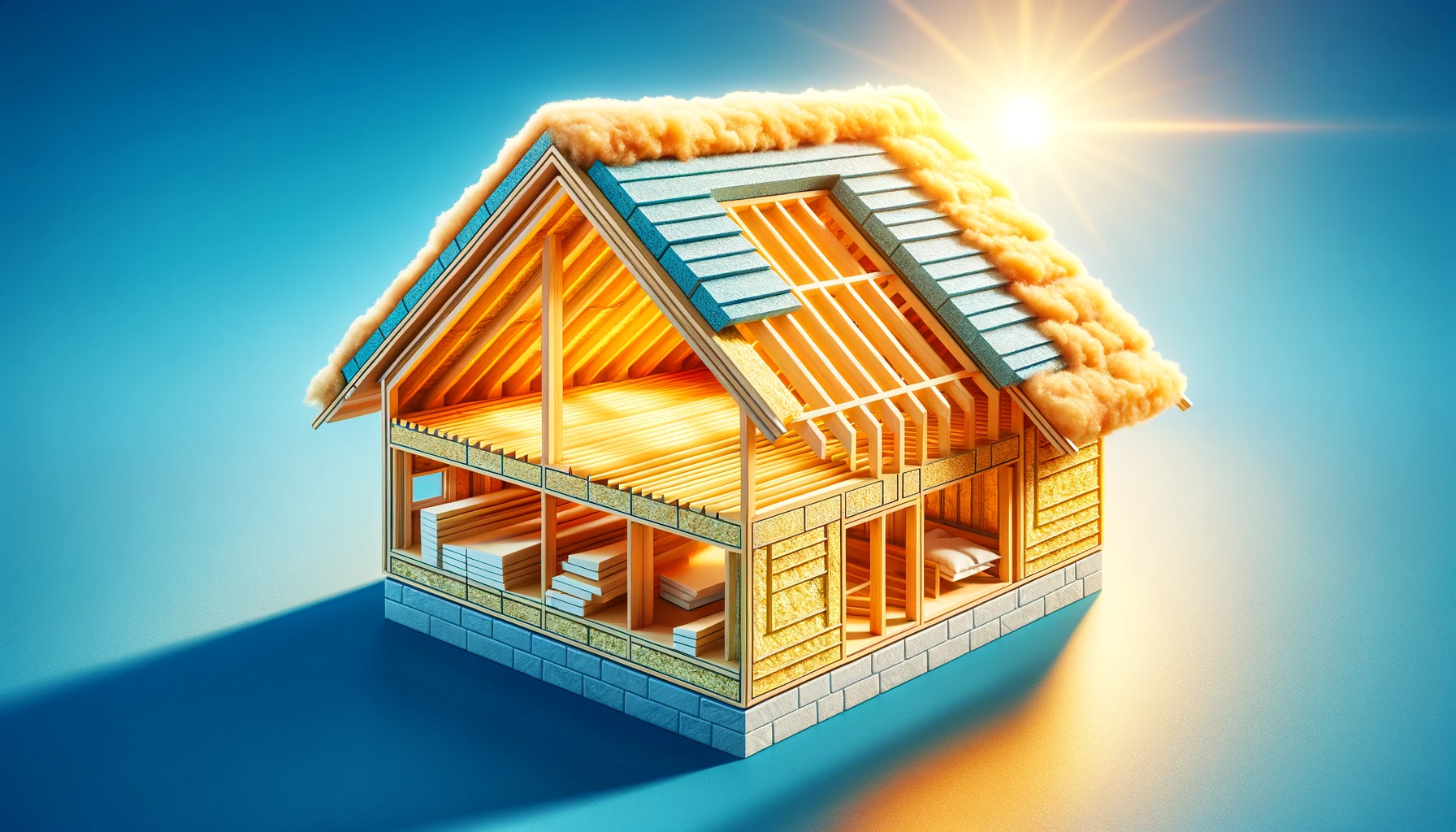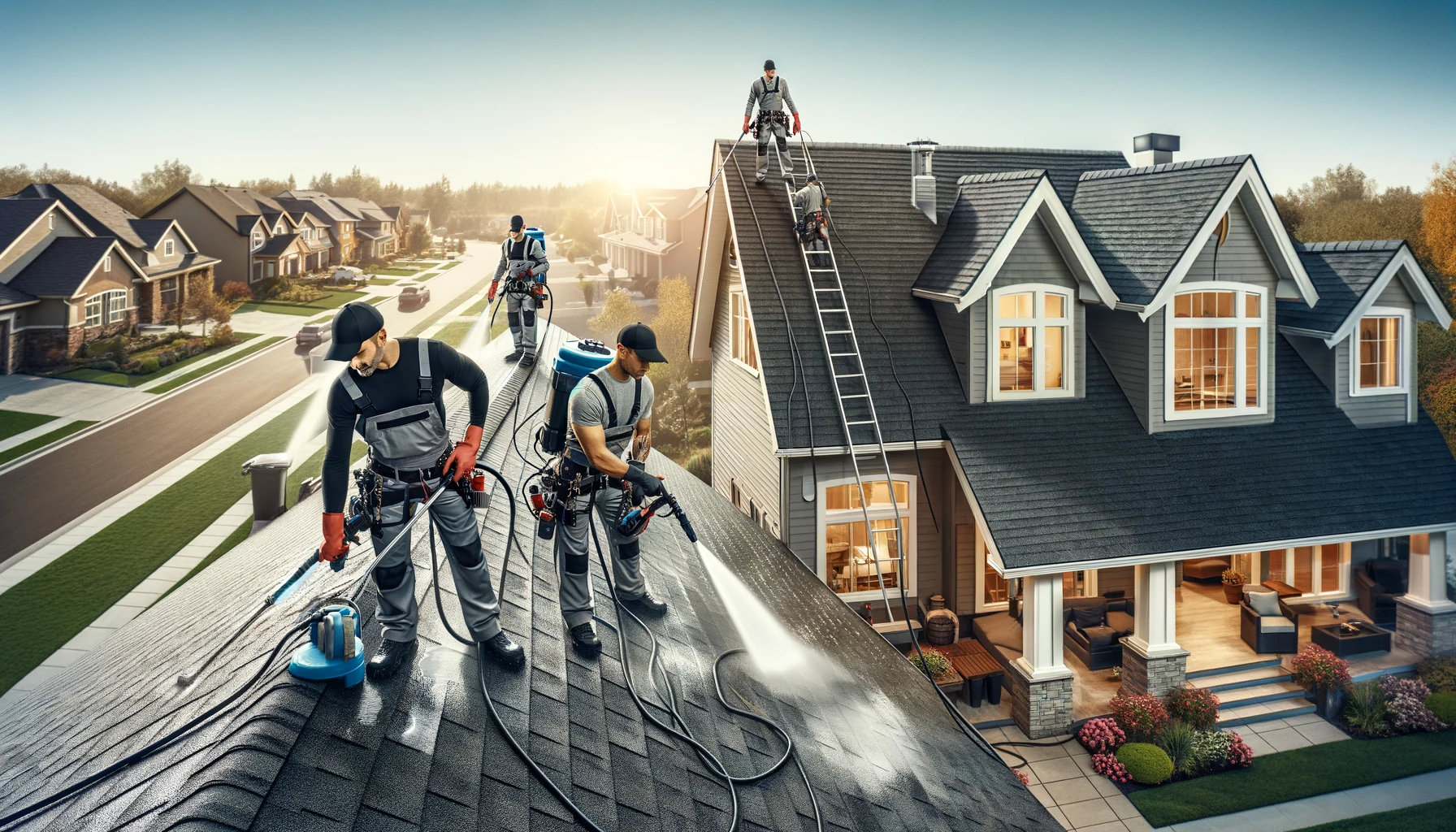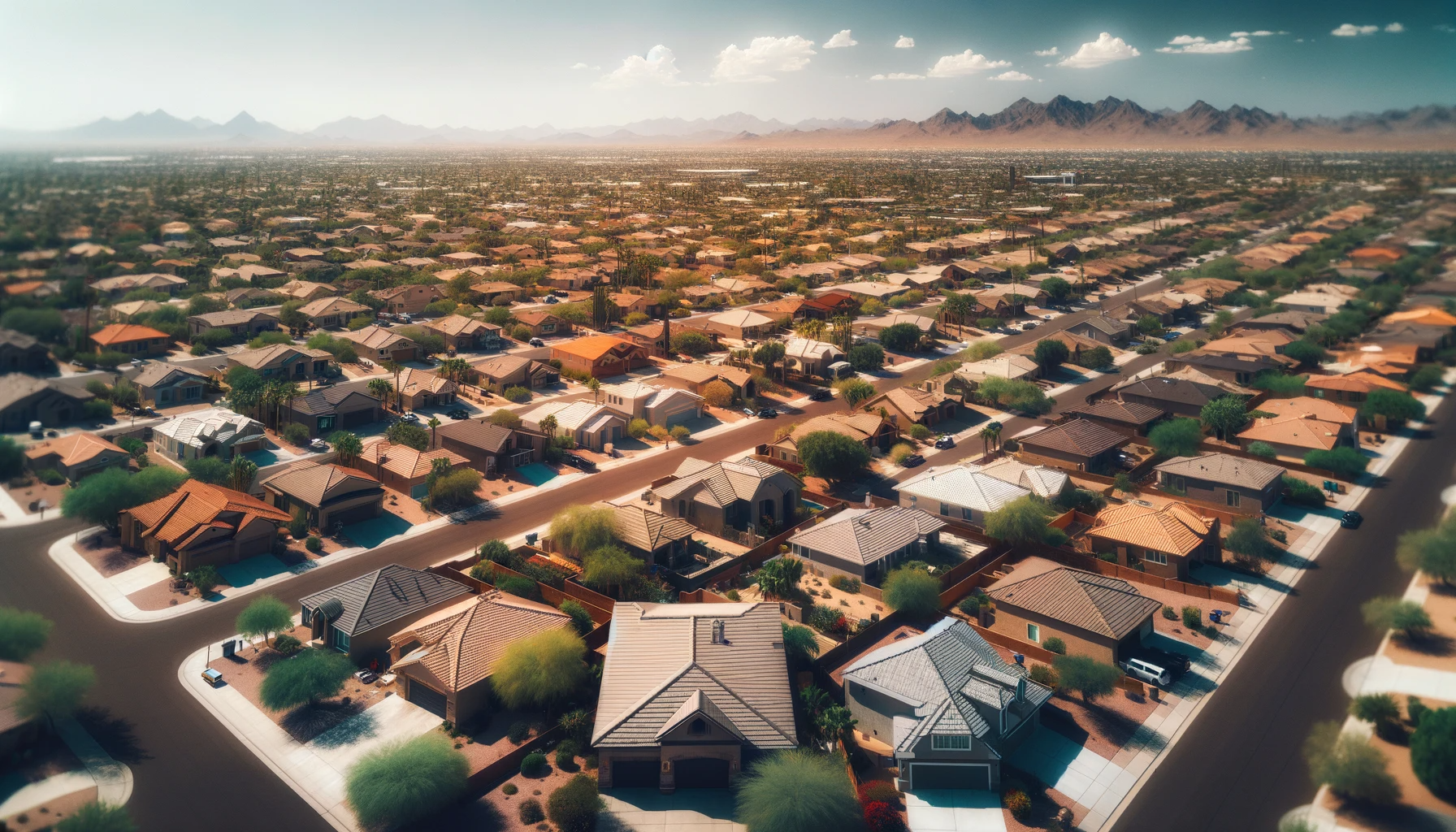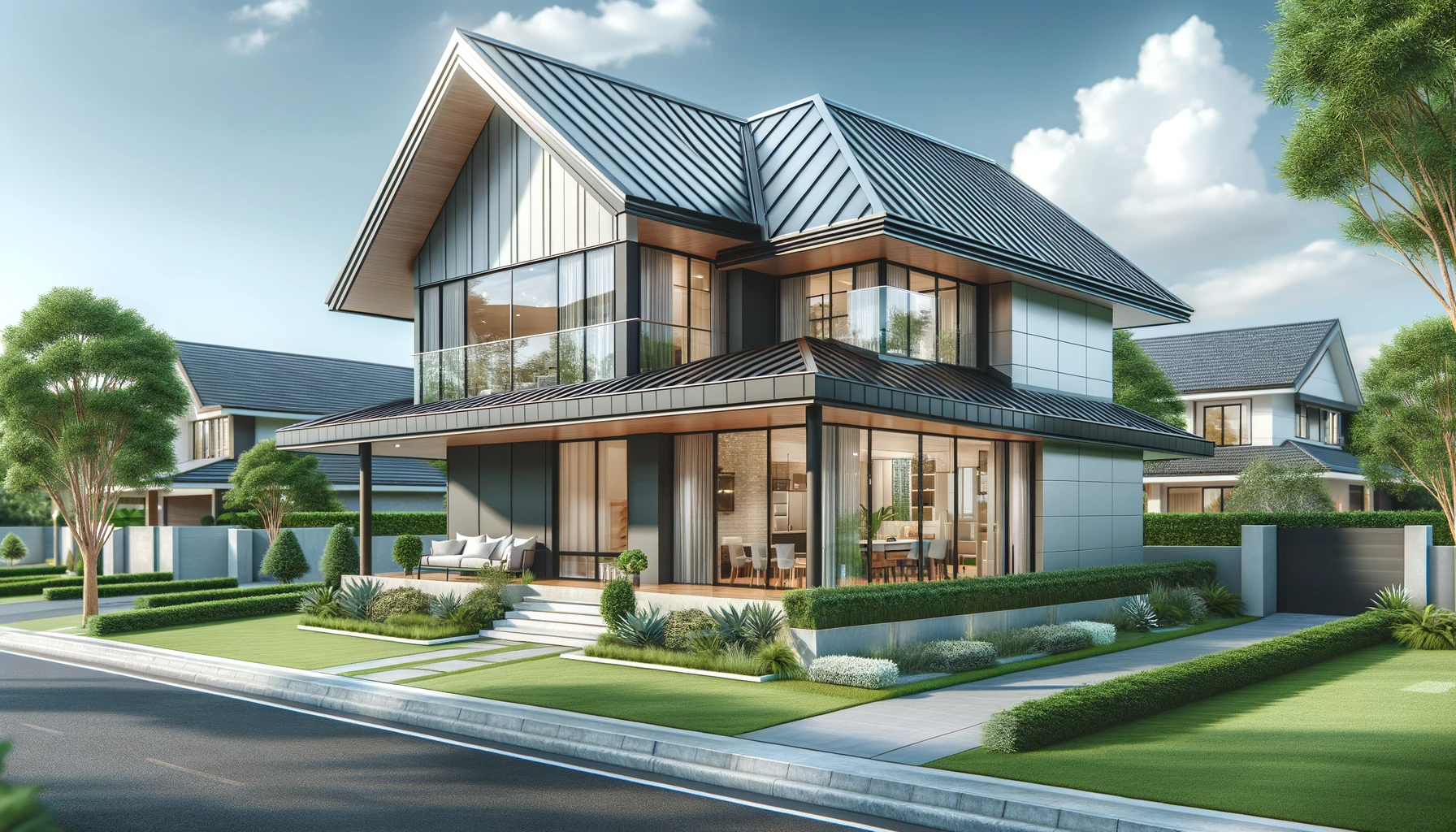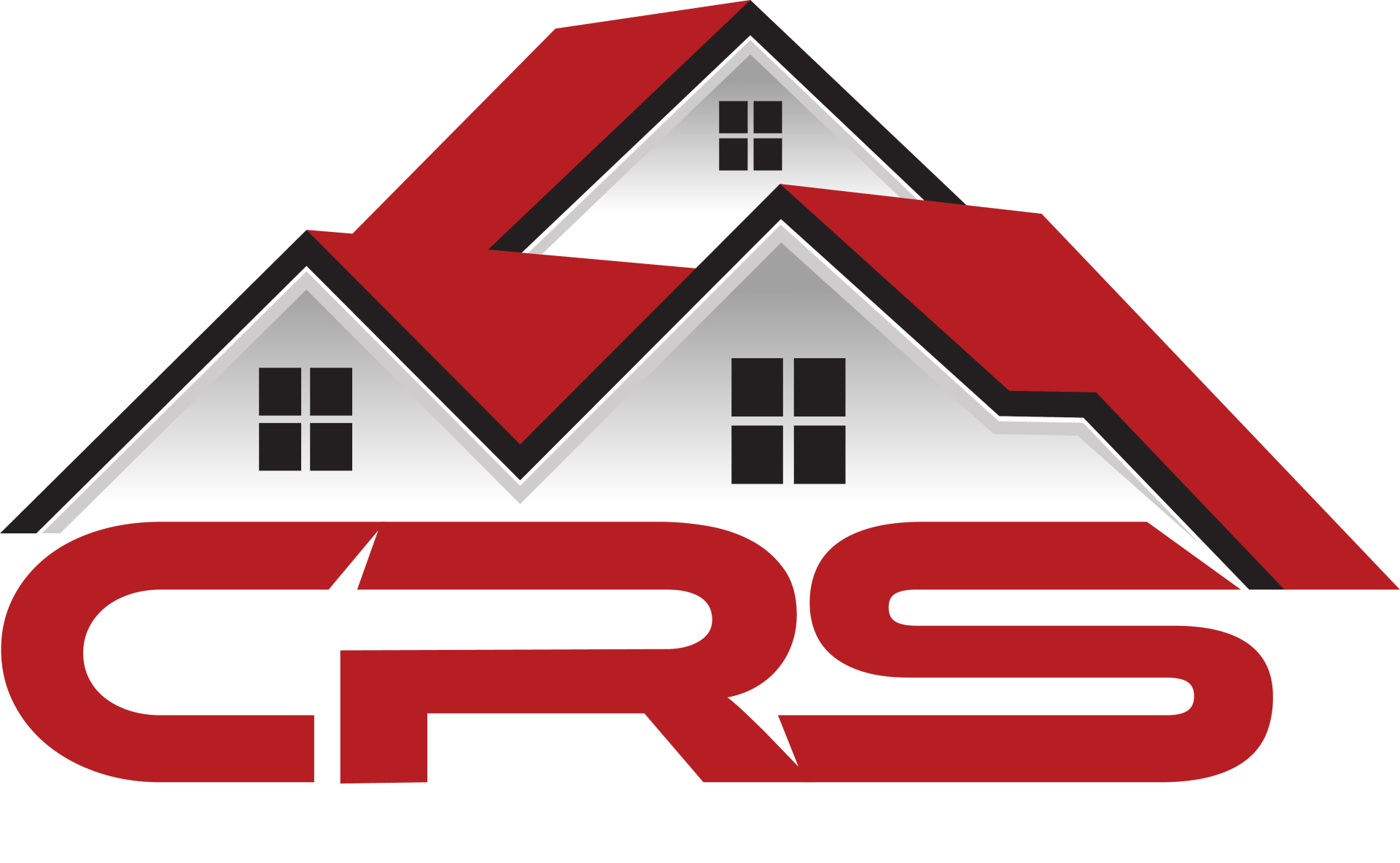Waterproofing Your Roof: Techniques and Benefits for Arizona Homes
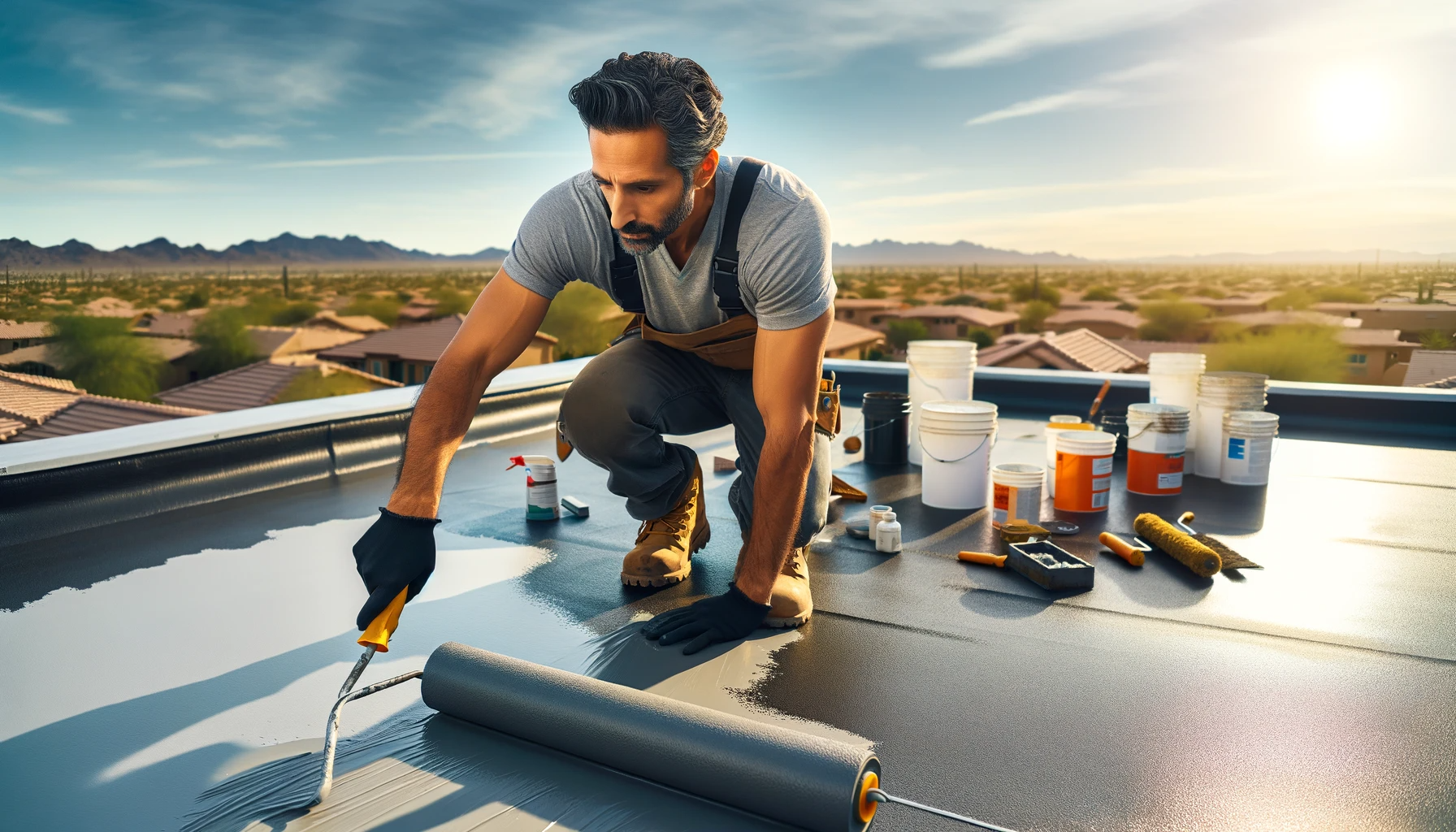
In the heart of the desert cities like Phoenix and Tucson, the relentless sun beats down on homes, challenging every aspect of their construction, especially the roof. While rain might seem like a distant concern in these arid climates, when it does come, it can be heavy and sudden. This is where waterproofing your roof becomes essential. It’s not just about keeping the water out; it’s about protecting your home and extending the life of your roof.
Why Waterproofing is Crucial in Arizona
Arizona's climate presents a unique challenge. The intense heat can cause materials to expand and contract, creating gaps and cracks. Then, during the monsoon season, heavy rains can exploit these weaknesses, leading to leaks and water damage. Waterproofing your roof is the first line of defense against these elements. It prevents water from seeping through and causing damage to the structure of your home and your belongings.
Types of Roof Waterproofing Techniques
- Membrane Waterproofing: This involves applying a waterproof membrane, usually made of modified bitumen, EPDM (ethylene propylene diene monomer), or PVC (polyvinyl chloride). These membranes are robust, flexible, and can withstand the harsh Arizona sun.
- Liquid Waterproofing: This method involves applying a liquid-based coating that hardens into a rubber-like waterproof layer. It's ideal for roofs with irregular shapes or numerous protrusions, as it creates a seamless barrier.
- Bituminous Waterproofing: This is a traditional method using bitumen-based materials. It’s a cost-effective option for flat or low-slope roofs common in Arizona.
- Cementitious Waterproofing: Used mainly in concrete roofs, this method involves a rigid or semi-rigid type of waterproofing, though it’s less flexible than other methods.
The Benefits of Waterproofing
- Protection Against Water Damage: The most obvious benefit is protection from water intrusion. A waterproof roof prevents leaks that can cause mold, rot, and structural damage.
- Energy Efficiency: Many waterproofing materials have reflective properties that can reduce heat absorption, keeping your home cooler and reducing air conditioning costs.
- Increased Roof Longevity: Waterproofing can extend the life of your roof by protecting it from the elements, thus reducing the need for frequent repairs or replacement.
- Enhanced Comfort: A waterproof roof contributes to a more consistent indoor temperature, enhancing comfort inside the home.
Best Practices for Roof Waterproofing in Arizona
- Regular Inspections: Have your roof inspected regularly, especially before the monsoon season, to identify potential problems.
- Professional Installation: Always use a professional roofing contractor for waterproofing. Proper application is crucial for effectiveness.
- Choosing the Right Materials: Select materials that are suitable for Arizona's climate. Your roofing contractor can advise you on the best options.
- Maintenance: Even the best waterproofing requires maintenance. Check for damage or wear and tear regularly.
The Process of Waterproofing a Roof
- Cleaning: The roof is thoroughly cleaned to remove dirt, debris, and any existing coatings.
- Repairing Damages: Any cracks, blisters, or other damages are repaired.
- Priming: A primer is applied to enhance the adhesion of the waterproofing materials.
- Applying the Waterproofing Material: The chosen waterproofing material is applied uniformly across the roof.
- Curing: The material is allowed to dry and cure, forming a robust waterproof barrier.
Conclusion
Waterproofing your roof in Arizona is not just a precaution; it’s a necessity. With the right materials and a professional approach, you can protect your home from the unpredictable desert weather, ensuring peace of mind and a safe, comfortable living environment.
As homeowners in Phoenix and Tucson prepare for the changing seasons, it’s worth considering the state of your roof. Are you protected against the next downpour? If not, it might be time to think about waterproofing your roof. It’s an investment in your home’s future and your comfort.
